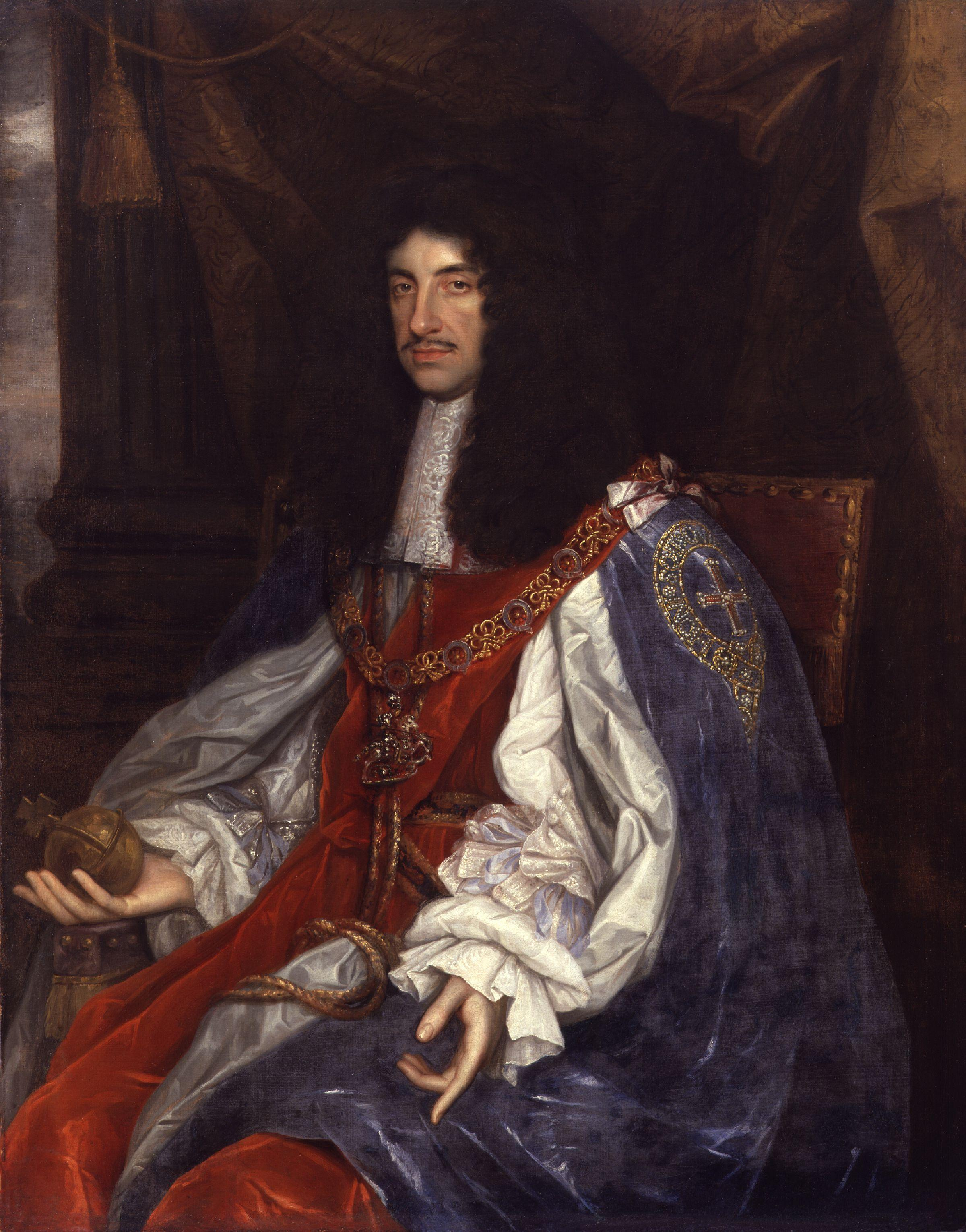Out In The English Revolution Night-The “Crowd” In Restoration England-London Crowds In The Reign Of Charles II
Book Review
London Crowds In The Reign Of Charles II: Propaganda and politics from the Restoration until the exclusion crisis, Tim Harris, Cambridge University Press, 1987
One of the virtues of historical studies over the past several decades has been the full-fledged efforts by various groups of historians to bring “the people,” those below the level of great actors, their entourages, and those who control the throttles of power to get their day in the sun. The tension between that view, and the previously dominant prevailing view that looking from the top down was the only justified way to see things in history, earlier history anyway, continues to this day and will probably always continue. Even in my own mind after reading some of the accounts of more plebeian actions on other subjects I am not sure that the voices from below as they affected policy are not sometimes overblown. That does not appear to be the case here with Professor Harris’s analysis of the crowd in his The London Crowd In The Reign Of Charles II which highlights various plebeian-inspired political actions in that town during the restoration of the monarchy via the ascension of Charles II shortly after the death of Oliver Cromwell in 1660.
Of coursewhen one speaks of revolutionary periods, at least modern revolutionary periods, and the English Revolution of the 1640-1660 counts in many ways as the first modern European revolution, the crowd, small merchants, town workers, artisans, masters, and as here in this period apprentices, are almost automatically have a role in the agitation, for good or evil. Professor Harris has taken the lead from such renowned “crowd-followers” as Professor Georges Rude and Professor Thompson and their studies of later periods to put some light on the role of the crowd, what motivated those crowds under certain circumstances, and more importantly to the Professor whose political lead were they responding to, or being manipulated by. No question the period of the 1640s the London crowds were in motion from Levelers to army agitators too every known religious sect, mostly Protestant-derived, that had something to say. And also no question that the period from 1659-60 also had the crowd in motion will some of the same actors who had previously defended the commonwealth now crying for restoration. Those of us who have tracked revolutions are familiar with such ebbs and flows.
What makes Professor Harris’ study of interest is that during the restoration itself the crowd shifted several different ways and not always, as one would have presumed, toward what he called the Whiggish direction, the liberal direction. In short the crowd could respond (and be organized by) the Tory element favorable to the crown. (Whig and Tory are in this period convenient terms of art for what would become more concrete organizational and governmental tendencies later.) Of course the subject that drove most of the action (although not all of it as the economic downturn protests and other events of that nature testify to) was Charles II’s toleration, or non-toleration, of religious dissenters, especially Catholics. And in the 1680s closer to home the various exclusion crises over what to do about the avowedly Catholic James II (his brother) the presumptive heir to the throne upon his death. So during this period we have a plethora of anti-Pope bonfires, anti-dissenter marches and parades, and anti- James II actions as well as actions by the other side on these issues to test his thesis. Needless to say with a Cambridge University Press imprimatur there are many footnotes and a solid bibliography here to be used by those who want to pursue this subject further.

No comments:
Post a Comment